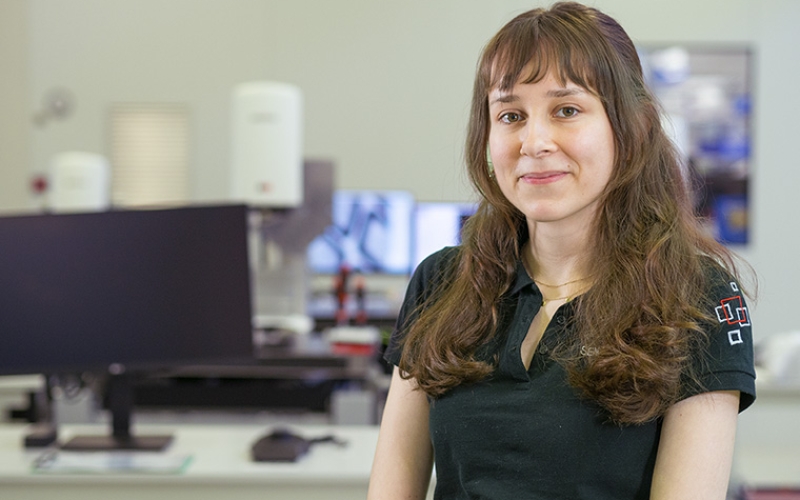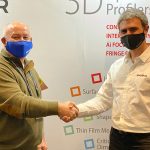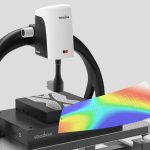
Sensofar makes new contributions to the scientific metrology community
New papers at Sensofar Metrology
This year, Sensofar’s R&D department has been working on two more papers, which will undoubtedly be of great interest in the field of optical metrology.
The first has been completely developed internally here at Sensofar. It will be presented by our colleague, Lena Zhukova, on April 6 at the conference organized by Photonics Europe in Strasbourg, France.
The details of this presentation are as follows:
SPIE Photonics
Wed 6 April, 4:10pm, Cassin, Niveau/Level 1
Technical Event: SPIE Photonics Europe programme
‘ Super-resolved 3D optical profiling for surface metrology using structured illumination ‘
Presenter: Lena Zhukova, MSc (R&D)
Abstract. The resolution of optical techniques for 3D surface metrology such as Imaging Confocal Microscopy is fundamentally bounded by the diffraction of light, which limits both the axial and lateral resolution. This limitation makes the acquisition of surface topographies of samples with nanometric structures impossible. To overcome this limit, super-resolution techniques have been developed, such as Structured Illumination Microscopy (SIM), which enables an increase in lateral resolution up to a factor of two, allowing to resolve structures too small for conventional optical microscopes. SIM relies on the projection of structured illumination in the form of periodic fringes with equally spaced phase shifts to recover high-frequency information, and post-processing of the acquired images to construct a super-resolved image. A Digital-Micromirror-Device (DMD) in combination with LEDs can be used to generate structured illumination, which provides accurate control and stability of the fringe frequency and phase shifts. Additionally, optical sectioning of the scanned surface is provided, since the projected patterns are only well contrasted within the in-focus regions of the sample, through its axial scan. To reconstruct a 3D surface, an optical profiler exploits this optical sectioning capability to localize the maximum signal through the axial scan at each point. Whilst SIM based on laser interference has been used to super-resolve the axial dimension, this is not possible with a DMD approach. Here, we explore how DMD-based SIM can be used to enhance the profiler’s ability to laterally super-resolve structures of interest within surface metrology. We modify a DMD-based optical profiler to enable lateral super-resolution of the image stack and explore how the quality of the 3D surface reconstruction can be improved. For this, we combine the super-resolved images with different optical sectioning techniques and assess the lateral resolution of the topographic detail via the characterization of the instrument transfer function (ITF).
Full presentation information can be found at SPIE Photonics Europe presentation
Full paper will be published soon at Sensofar Papers
At Sensofar we reiterate our promise for continuous improvement as the very core of our Quality Policy. You will always see a constant commitment to technology and research in our field. Our goal is to be a global standard, and we won’t rest until we achieve it.
The second paper consists of a collaboration between Sensofar and our partner, the University of Nottingham, which will demonstrate the importance of optical metrology in measuring Additive manufacturing.
All the details coming soon.






